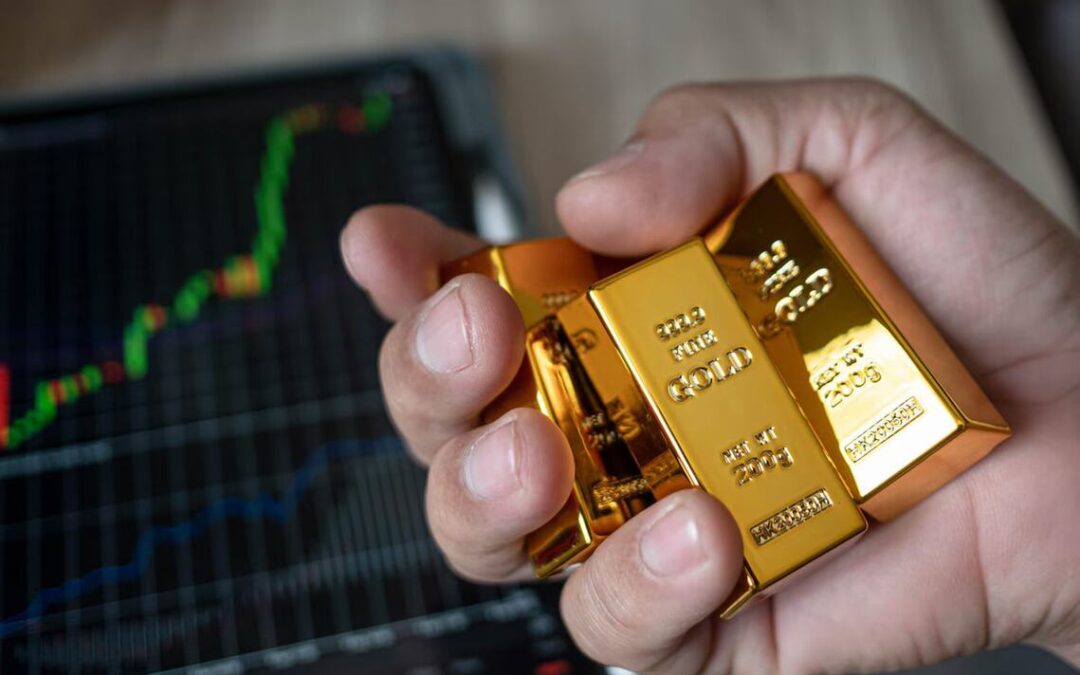Synopsis:
Since last Diwali (October 31, 2024), gold per 10 grams significantly outperformed Nifty 50, rising 60.5% versus Nifty 50’s 6% gain. Gold benefited from economic uncertainty, inflation, geopolitical tensions, low real interest rates, and domestic demand.
Last Diwali was celebrated on October 31, 2024, Nifty 50 opened at 24,349.85. As of today, October 20, 2025, it opened at 25,824.60, reflecting a return of 6% since last Diwali.
MCX gold per 10 grams opened at Rs. 79,616 on October 31, 2024. Today, it opened at Rs. 1,27,817, marking a 60.5% increase. Nifty 50 underperformed compared to gold over the past year due to a combination of economic, market, and investor sentiment factors.
Firstly, equity markets faced pressure from global economic uncertainties, including fears of slowing growth, geopolitical tensions, and persistent inflation in key economies. Such factors often weigh on corporate earnings and investor confidence, limiting the upside in stock indices like Nifty 50.
Secondly, rising interest rates in India and abroad made borrowing costlier for companies, affecting expansion plans and profitability. Higher rates also shift investor preference toward fixed-income instruments, reducing demand for equities.
Since the start of this year, the Reserve Bank of India reduced the repo rate from 6.5% to 5.50% through multiple cuts between February and June 2025. These reductions, totaling 1 percentage point, were aimed at stimulating economic growth amid easing inflation and supporting overall financial stability.
Also read: Coal India and 3 other stocks with bullish MACD crossover to keep on your radar
Reasons behind surge of gold price
The increase in gold prices over the past year can be attributed to several global and domestic factors. Economic uncertainty and inflationary pressures have driven investors toward gold as a safe-haven asset. With rising commodity prices and concerns over slowing economic growth, many investors prefer gold to protect their wealth from currency depreciation and market volatility.
Central bank policies and interest rate movements have had a significant impact. Lower or stable real interest rates reduce the opportunity cost of holding non-yielding assets like gold, making it more attractive. Additionally, global geopolitical tensions and financial market uncertainties often spur demand for gold, further pushing up prices.
Domestic factors such as increased demand from the Indian market, particularly during festivals and wedding seasons, along with fluctuations in the Indian rupee against the US dollar, have contributed to the upward trend. A weaker rupee makes gold imports costlier, which in turn raises local gold prices. These combined factors have collectively supported the steady rise in gold prices since last year.
Written by Manideep Appana
Disclaimer

The views and investment tips expressed by investment experts/broking houses/rating agencies on tradebrains.in are their own, and not that of the website or its management. Investing in equities poses a risk of financial losses. Investors must therefore exercise due caution while investing or trading in stocks. Trade Brains Technologies Private Limited or the author are not liable for any losses caused as a result of the decision based on this article. Please consult your investment advisor before investing.


